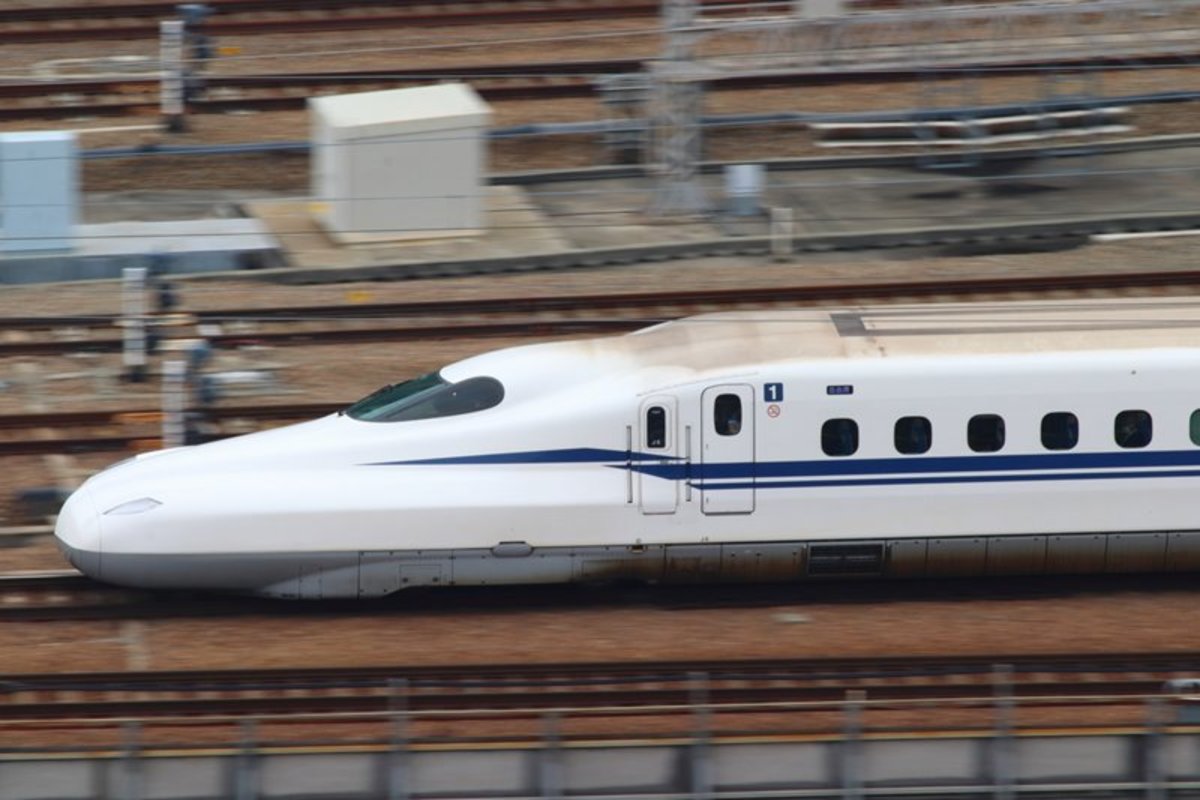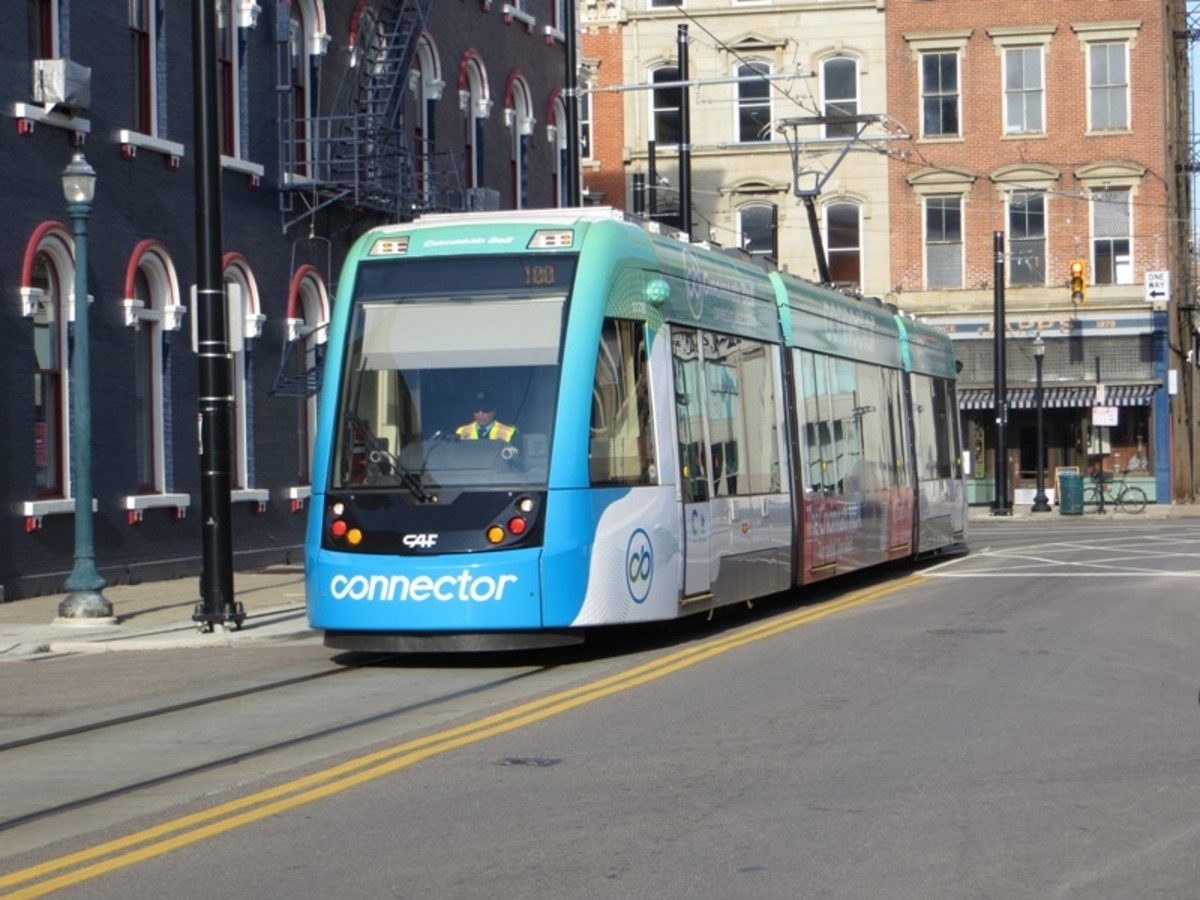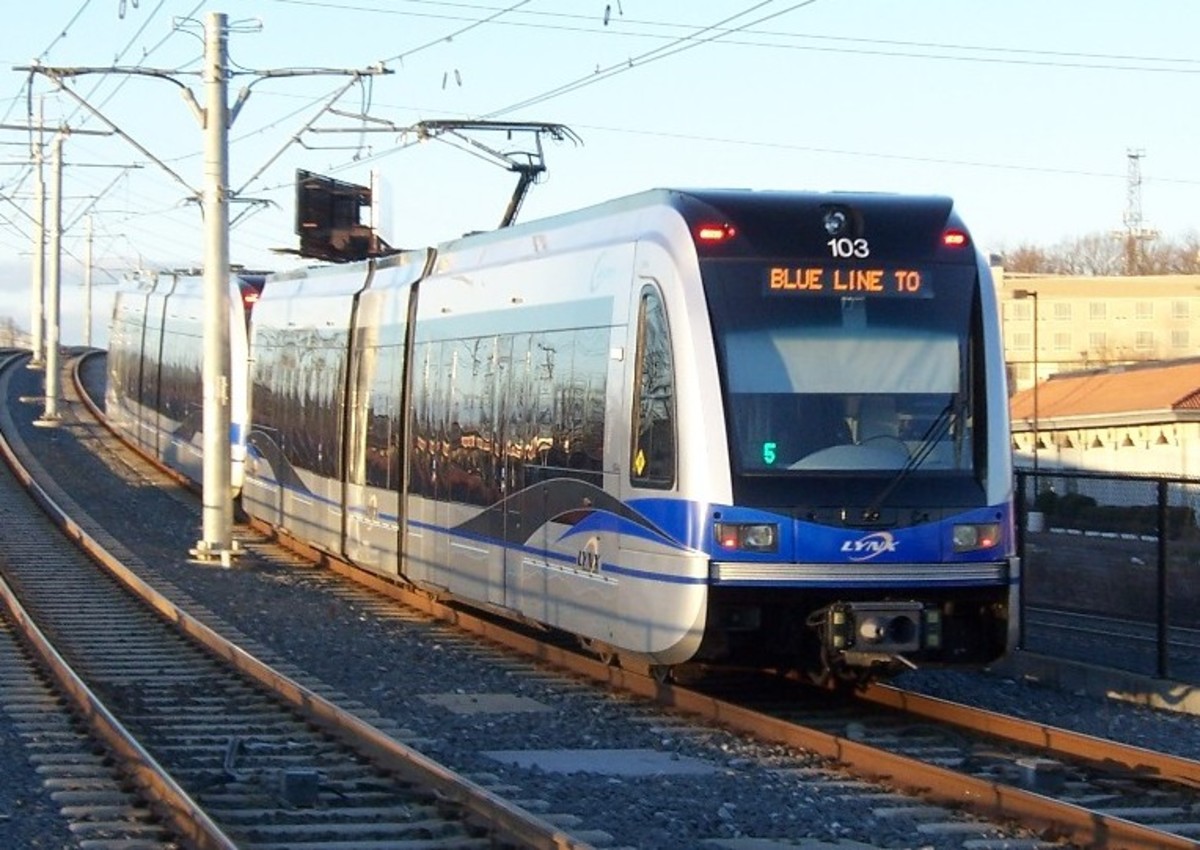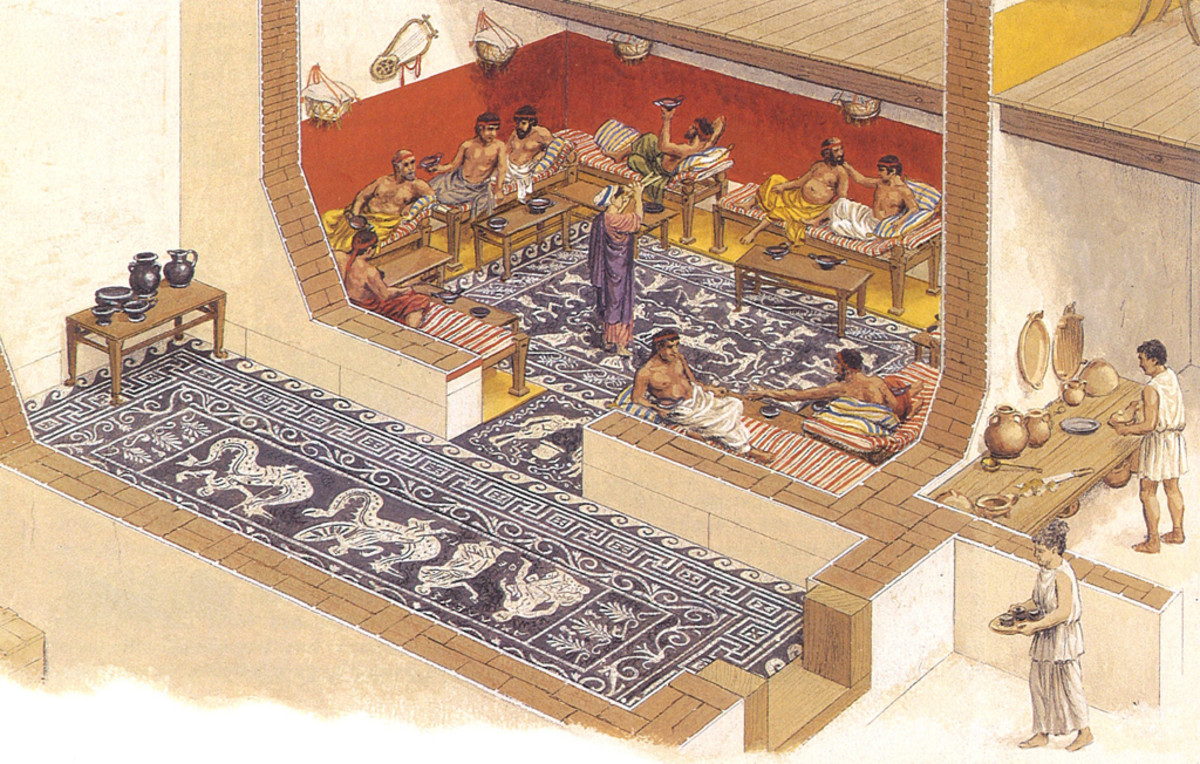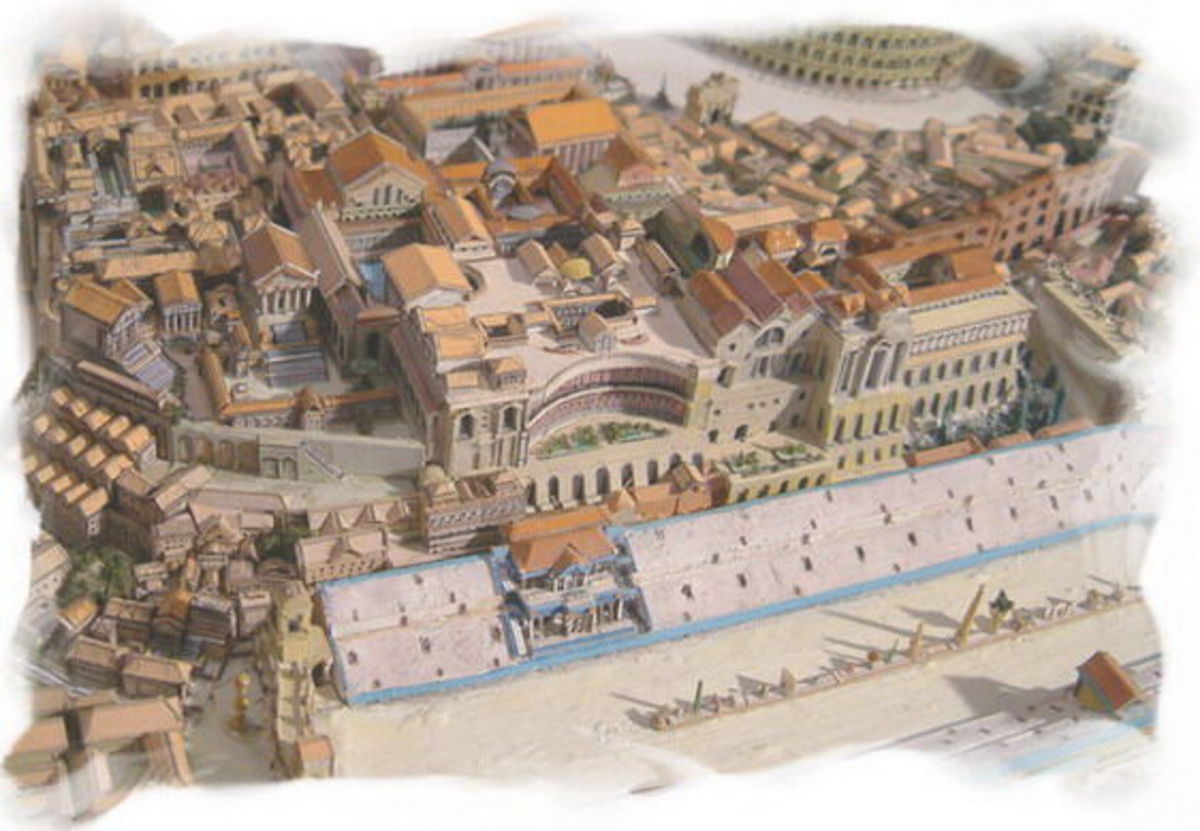Sustainability 13: Transit-Oriented Developments (TODs)

The sustainability of our cities and towns can also be enhanced through the creation of Transit-Oriented Developments (TODs).
Quite simply, a TOD is any MXD centered about a transit facility or node: a subway station, train station, metro station, or bus station or stop. The TOD typically has higher density and intensity of development in the immediate vicinity of the transit node, and decreasing density and intensity of development at increasing distance from the transit node.
The purpose of TODs is to create synergistic mixed-use development while encouraging pedestrian activity and the use of public transit, and also simultaneously discouraging auto use. Many TODs therefore include significant pedestrian amenities — narrower, more intimate streets; better crosswalks; shade trees; benches; bike racks; sidewalk retail, restaurants and cafes. Auto parking may often be limited, expensive and either difficult to access or remote from the heart of activity. TODs are typically concentrated within a ½-mile radius (an effective pedestrian distance) of the primary transit node.
TODs are most successful when they combine an effective and complementary mix of uses, and when they nurture urban life around the clock. They then develop a clear and distinct identity, apart from that of any surrounding city, becoming a known destination in their own right. The area surrounding the Ballston Metro Station in Arlington, VA, is a good example. Including office buildings, a shopping mall, street level retail, housing, recreational facilities and both a DC Metro Station and bus station, the area gained the city of Arlington the EPA’s first award for smart growth excellence in 2002.
Though the TOD terminology is relatively new, the concept is not. When the Van Sweringen brothers planned the Village of Shaker Heights, Ohio, in the 1930s, it was developed around the spine and nodes of the Shaker Rapid Transit light rail system. A number of European and Asian new towns built in the 1950s and 1960s incorporate many of the principles of TODs.
The TOD concept has since been put into use in many cities and countries around the world, most notably the San Francisco Bay region; Curitiba, Brazil; Calgary, Vancouver and Toronto, Canada; Melbourne, Australia; Hong Kong; and Guatemala City, Guatemala. In some large cities, developers can gain valuable concessions from local authorities by committing to TOD principles.
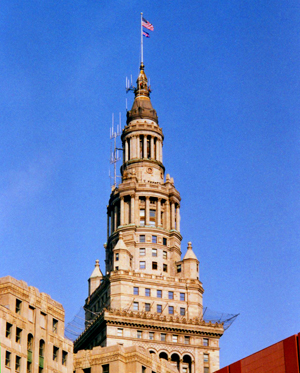
- Sustainability 2: The Universality of Design
Think you've not got much in common with an urban planner, architect, designer or developer? Well, think again. - Sustainability 6: Population
Rays of hope One of the prime movers of the world’s sustainability crisis is its population. The more mouths to feed, the more thirsts to quench, the more children to clothe and educate, the more families to house, the more sick and infirm to... - Sustainability 10: Density
To many, it seems counter-intuitive that packing the globe's inhabitants more tightly might actually be good for the planet's sustainability, but it's a fact. - Sustainability 13: Transit-Oriented Developments (TO...
Transit-Oriented Developments are prime candidates to generate increased activity and vibrancy in our larger cities. - Sustainability 47: Green Labeling
Label him green? With the world’s ever-increasing concentration on environmentally sound green design and sustainability, there has been an ever-increasing set of green design standards, guidelines, certifications and labeling. Here are some of... - Sustainability 48: the environment
We're all in this together The movement toward sustainability is a direct descendant of the social movement of environmentalism. And environmentalism, far from being a new phenomenon, has been with mankind for more than a millennium. The first... - Sustainability 50: Earth Day
Love this Earth? Little did I know, as I helped assemble display panels on environmental issues on a campus quadrangle in the spring of 1970, that I was taking part in launching a sustainability event that would resonate around the globe ever more... - Sustainability 54: The Kyoto Protocol
Let's clear the air The Kyoto Protocol has for years been a lightning rod to anyone discussing climate change and Earth’s long-term sustainability for humans. To green advocates, it represented a best first step forward in mitigating man’s... - Sustainability 68: Drain Water Heat Recovery
Don't throw away that heat! In our efforts at energy conservation and sustainability, many of us keep seeking newer and more innovative ways of eliminating or capturing wasted energy. One of those cutting-edge methods â long in use in areas of... - Sustainability 69: Solid Surfaces
Solid Surfaces In our striving for sustainability, we are essentially pursuing four major goals: 1) maintaining our health and that of others, while 2) reducing our consumption of renewable as well as non-renewable natural resources, such as fuel,...

